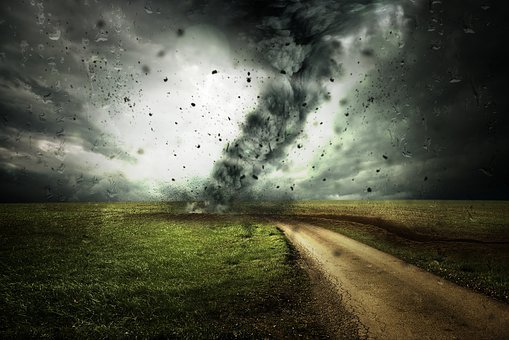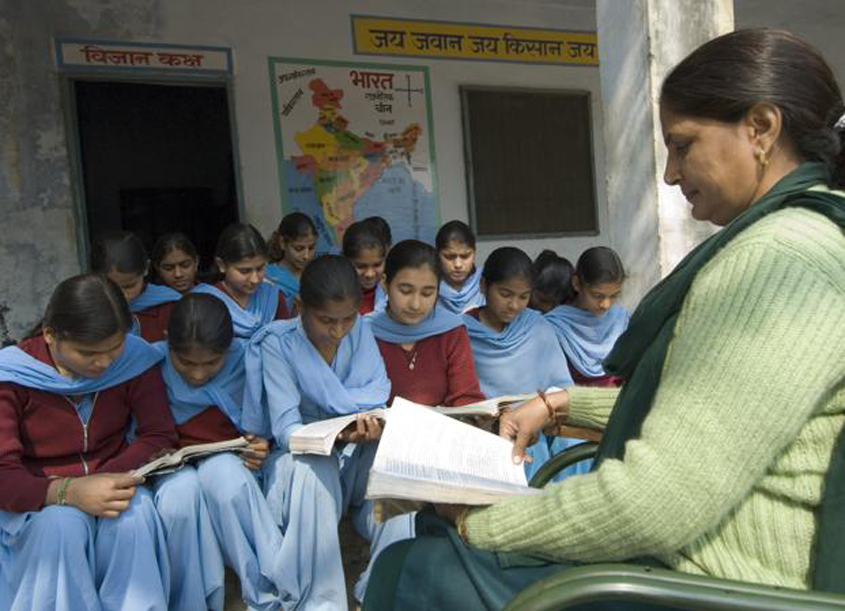We are still in the middle of recovering from Cyclone Tauktae on the western side of our long coast, even the rescue effort is still continuing at the time of writing, and now we have to also prepare for meeting the challenge of Cyclone Yaas on the eastern side. This is just one reflection, a dramatic one, of the wider reality that the threat from cyclones has been increasing in recent times both in terms of its intensity and its frequency.
As Cyclone Tauktae just now and earlier Cyclone Ockhi, in the Arabian Sea, and Cyclone Amphan on the eastern side in the Bay of Bengal, and a number of other cyclones of recent times have clearly shown, there are several aspects of changing cyclones that are deeply worrying. For one thing, the change from depression to an intense cyclone has been taking place much more rapidly than before, which means that the warning time and preparation time is now lesser than before. Accordingly our warning system must improve in a technological sense and also in logistic terms of conveying quickly to people, and arranging rescue much more quickly, even in the more remote and isolated hamlets. This will be effective only if there are better preparations in terms of providing shelter and having in place strong shelters of adequate height and equipped with the necessary facilities and access to staple food for emergency situation.
Secondly, after the landfall cyclones are showing the tendency to retain more speed and intensity than is normally expected, and for a longer period as well. The spread of the impact is also wider. Hence we need to be prepared for wider spread of higher damage over a longer period, which can even spill over to non-coastal states .
Thirdly, there is increasing tendency for cyclones to move towards even those areas which have been relatively less affected than in the past. One example is the higher damage from May cyclones in Gujarat. Another example is the tendency of western cyclones to move closer to the city of Mumbai.
Such tendencies are related to the trend of higher warming up of ocean waters in times of climate change and global warming. This tendency in particular leads to higher risk in the Arabian Sea where the normally relatively cooler waters can turn more destructive with increased warming. Hence the trend of higher frequency and intensity is not a freak phenomenon but is likely to persist.
What is more this threat is related also to the associated aspect of rise in sea level and both threats may well contribute to each other in increasing the risk for human habitations in coastal areas. Already there have been several cases of some coastal communities, particularly those of fisher-folk, being forced to leave their earlier homes and settling down much further away from the sea in new homes.
Hence there is a clear need to invest more effort and funds in being better prepared to save human lives and reduce other harm as well. It will be useful to give much more priority to protecting the environment of coastal areas with emphasis more particularly on those aspects which can more specifically protect from cyclones and floods. In this context the protection of wetlands, paddy fields and mangroves is obviously important.
Mangroves have been called the most natural defense against cyclones, but at the same time we must realize that in times of more frequent storms and cyclones these are also prone to suffering more damage. The protection from damaged ,thinner and less dense mangroves will be much lesser. In addition there is the ever-increasing threat from the expansion of various development projects which may leave big gaps in the mangrove cover in vulnerable areas. India has been proud to be home to the biggest stretch of Sundarban mangroves but we must also realize that in many places mangroves are now depleted and big gaps have been created and so the protection offered by them has suffered. However there is all the more reason to give more importance to protection of mangroves and to make more efforts for this.
Then there are the various issues relating to the environmental harm caused by the large-scale, indiscriminate construction and development activities in coastal areas and the limitations as well as violations of existing coastal zoning laws which have made our coastal areas more exposed to heavier damage from coastal storms and cyclones. Several environmental movements in coastal areas have been taking up these issues and while they have opposed most big-budget development projects, they have also offered alternatives which need to be examined carefully and with sympathy.
A wider view of environmental issues is needed. For example some of the dams of Narmada river may be located far away from the sea but they have an important impact on coastal ecology of Gujarat in terms of changing flow of the water and silt of the Narmada river into the sea, paving the way for salt water intrusion and widespread harm to coastal life and biodiversity. While better laws are needed for coastal areas to protect environment, this is not a matter of laws alone and the involvement of coastal people, for example fisher-folk communities in matters relating to protection of environment, protection from cyclone and protection of livelihoods will go a long way in ensuring better success.
Bharat Dogra is a journalist and author. His recent books include Planet in Peril and Protecting Earth for Children.













